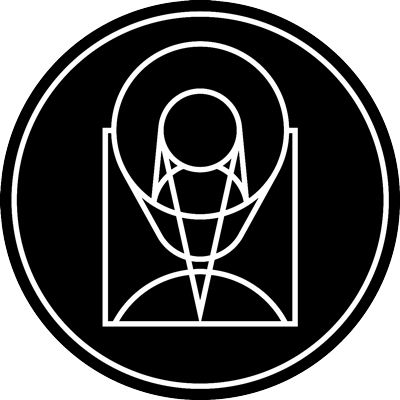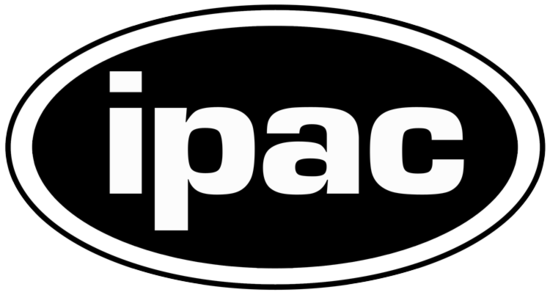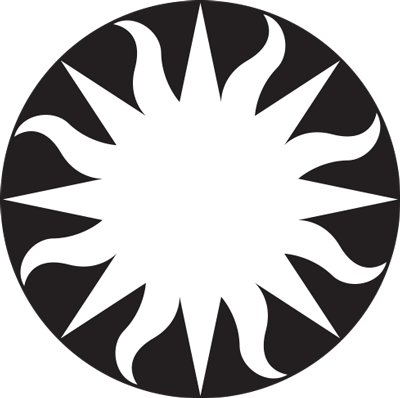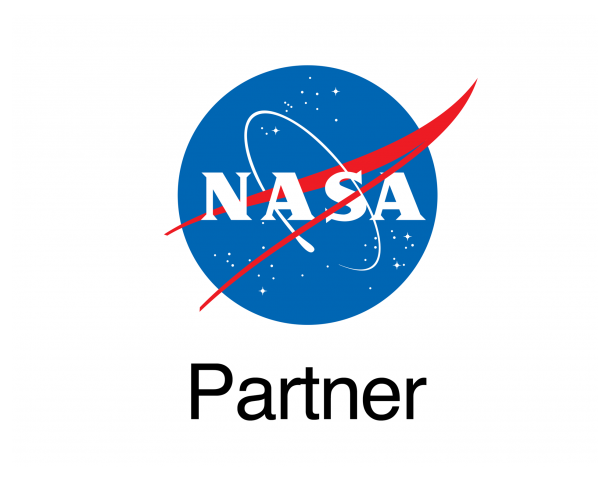Celestial cannonball

esahubble_potw2443a October 21st, 2024
Credit: ESA/Hubble & NASA, M. Sun
The spiral galaxy appearing in this week’s Hubble Picture of the Week is named IC 3225. It looks remarkably as if it’s been launched from a cannon, speeding through space like a comet with a tail of gas streaming from its disc behind it. The scenes that galaxies appear in from Earth’s point of view are fascinating; many seem to hang calmly in the emptiness of space as if hung from a string, while others star in much more dynamic situations! Appearances can be deceiving with objects so far from Earth — IC 3225 itself is about 100 million light-years away — but the galaxy’s location suggests some causes for this active scene, because IC 3225 is one of over 1300 members of the Virgo galaxy cluster. The density of galaxies in the Virgo cluster creates a rich field of hot gas between them, the so-called ‘intracluster medium’, while the cluster’s extreme mass has its galaxies careening around its centre in some very fast orbits. Ramming through the thick intracluster medium, especially close to the cluster’s centre, places an enormous ‘ram pressure’ on the moving galaxies that strips gas out of them as they go. IC 3225 is not so close to the cluster core right now, but astronomers have deduced that it has undergone this ram pressure stripping in the past. The galaxy looks as though it’s been impacted by this: it is compressed on one side and there has been noticeably more star formation on this leading edge, while the opposite end is stretched out of shape. Being in such a crowded field, a close call with another galaxy could also have tugged on IC 3225 and created this shape. The sight of this distorted galaxy is a reminder of the incredible forces at work on astronomical scales, which can move and reshape even entire galaxies! [Image Description: A spiral galaxy. Its disc glows visibly from the centre, and has faint dust threaded through it. A spiral arm curves around the left edge of the disc and is noticeably more dense with bright blue spots, where there are hot and new stars, than the rest. Opposite, the disc stretches out into a short tail where it covers a distant background galaxy. Around it, other distant galaxies and some nearby stars are visible.] Links Pan of IC 3225
Provider: Hubble Space Telescope | ESA
Image Source: https://esahubble.org/images/potw2443a/
Curator: ESA/Hubble, Baltimore, MD, United States
Image Use Policy: Creative Commons Attribution 4.0 International License

- ID
- potw2443a
- Subject Category
- Subject Name
- IC 3225
- Credits
- ESA/Hubble & NASA, M. Sun
- Release Date
- 2024-10-21T06:00:00
- Lightyears
- Redshift
- Reference Url
- https://esahubble.org/images/potw2443a/
- Type
- Observation
- Image Quality
- Distance Notes
- Facility
- Hubble Space Telescope, Hubble Space Telescope, Hubble Space Telescope, Hubble Space Telescope
- Instrument
- ACS, ACS, ACS, ACS
- Color Assignment
- Blue, Green, Green, Red
- Band
- Optical, Optical, Optical, Optical
- Bandpass
- g, g, I, I
- Central Wavelength
- 475, 475, 814, 814
- Start Time
- Integration Time
- Dataset ID
- None, None, None, None
- Notes
- Coordinate Frame
- ICRS
- Equinox
- J2000
- Reference Value
- 185.66103237621866, 6.67404093599168
- Reference Dimension
- 3920.0, 2721.0
- Reference Pixel
- 1960.0, 1360.5
- Scale
- -1.3888439208727618e-05, 1.3888439208727618e-05
- Rotation
- 74.439999999999984
- Coordinate System Projection:
- TAN
- Quality
- Full
- FITS Header
- Notes
- Creator (Curator)
- ESA/Hubble
- URL
- https://esahubble.org
- Name
- Telephone
- Address
- ESA Office, Space Telescope Science Institute, 3700 San Martin Dr
- City
- Baltimore
- State/Province
- MD
- Postal Code
- 21218
- Country
- United States
- Rights
- Creative Commons Attribution 4.0 International License
- Publisher
- ESA/Hubble
- Publisher ID
- esahubble
- Resource ID
- potw2443a
- Resource URL
- http://esahubble.org/media/archives/images/original/potw2443a.tif
- Related Resources
- Metadata Date
- 2024-10-21T16:01:24.566594
- Metadata Version
- 1.1
Detailed color mapping information coming soon...













